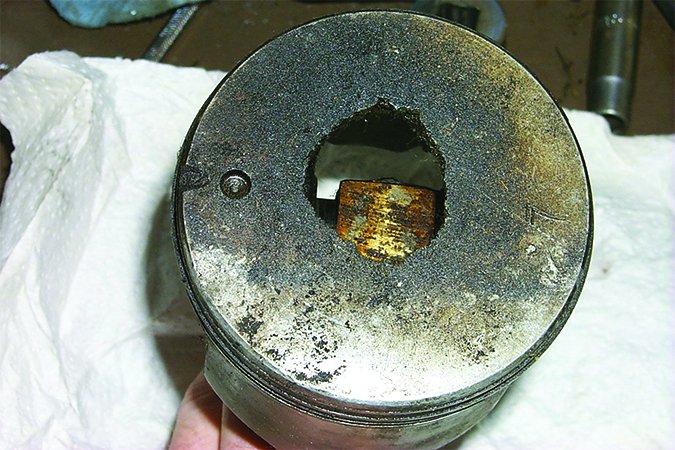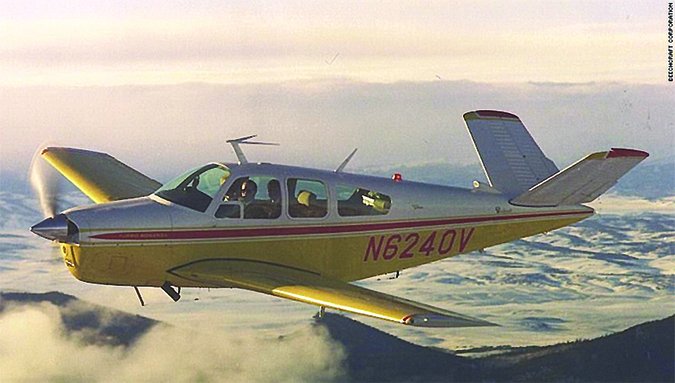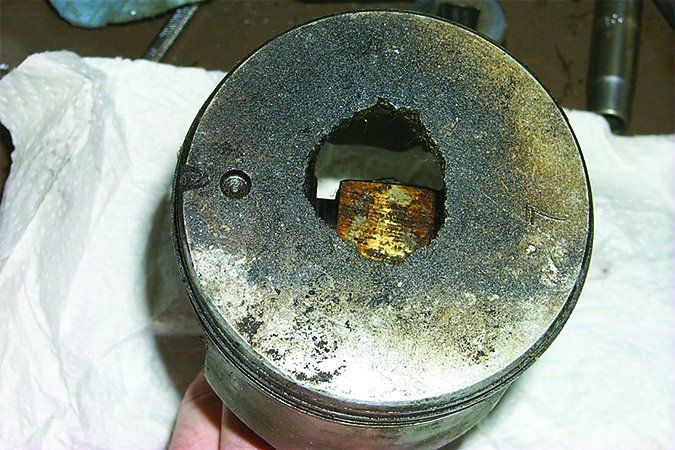Failure of a single-engine aircraft’s lone powerplant is something students train for beginning with their first instructional flight. If they continue to certification, they’ve studied the basics of how engines work, the air, fuel and ignition source they need to keep working, and at least some understanding of the signs they’re about to stop. Most trainers lack the kind of sophisticated engine instrumentation that technology has brought us over the last couple of decades, so many students still fly behind gauges the basic design of which can be traced back to pre-WWII automobiles.
As they progress to more sophisticated aircraft, so, too, does the engine instrumentation become more capable. Today, the modern engine monitors available for aircraft can display many more parameters than the old gauges, and even present more details than a top-of-the-line luxury car. If there’s any problem remaining, it’s that pilots all too rarely don’t know how to use an engine monitor, or disregard its indications.
And it can be difficult to master the skill and knowledge necessary to intelligently determine what a monitor is indicating. What does it mean, for example, that one cylinder’s head temperature routinely is higher than the others? What if a normal-running cylinder’s temperature suddenly spikes? What can a pilot do to reduce them? Is a precautionary landing appropriate? If not, when is one appropriate? And is the engine monitor even in the pilot’s regular instrument scan?

Many engine failures aren’t really failures. Instead, they’re often traced back to something the pilot did or didn’t do, like buy fuel at the last stop, or switch to a tank with some go juice still in it. Other engine failures often advertise themselves, sometimes in subtle ways. It’s up to the pilot to receive, understand and act on those messages, even on short flights.
Background
On August 23, 2014, at 1500 Central time, a Beech Model S35 Bonanza was destroyed during impact with terrain and a subsequent post-impact fire near Laurel Hill, Fla. The solo commercial pilot was fatally injured. Visual conditions prevailed, and no flight plan was filed for the flight, which departed the Bob Sikes Airport (KCEW) in Crestview, Fla., at about 1450, with the Florala Municipal Airport (0J4), Florala, Ala., as its destination. The two airports are 19 nm apart.
According to a friend of the pilot, the flight’s purpose was to relocate the airplane to 0J4, where it could be stored in a hangar while the pilot traveled overseas. A day earlier, an attempt to relocate the airplane failed when a dead battery prevent the pilot from starting it. The battery was serviced and the pilot arrived the next afternoon to complete the mission.
A line person observed the pilot start the engine and taxi to the runway for takeoff. He heard the pilot perform a pre-takeoff engine run-up, which he described as unusually long, since the pilot typically would “hop in and go.”
Subsequently, a witness observed the airplane circling over his home. The engine sounded as though it was revving up and down. As the airplane descended and flew towards a nearby field, he heard the engine “popping” and saw it trailing smoke. He watched as the airplane descended into trees and impacted the ground, then drove to the accident site to render assistance.
Investigation
The accident site was about halfway between the two airports. The fuselage was completely consumed by post-impact fire. The engine displayed significant thermal damage. The propeller blades exhibited no leading edge gouging, chordwise scratching or s-bending. The crankshaft displayed multiple cracks aft of the propeller flange. Two breaches of the engine case were observed near the #2 and #4 cylinders. Visual examination revealed that the #2 and #4 connecting rods were fractured.
The oil sump contained thick, dark residual oil, along with fragments of connecting rod bolts, bearing metal, piston material, piston ring segments and debris. The #2 cylinder’s combustion chamber was coated with oil and debris; its piston face displayed two semi-circular impressions consistent with valve strikes. The piston skirt was fractured. The #4 cylinder combustion chamber contained oil and debris; its piston skirt was fractured and mechanically damaged.
The #6 cylinder combustion chamber contained oil and debris. The cylinder head displayed re-solidified, splattered metal around the sparkplug holes, valves, and valve seats, a feature consistent with preignition and/or detonation. The piston skirt displayed signatures of thermal expansion, scoring and material transfer.
The crankshaft and counterweight assembly exhibited lubrication distress, thermal damage and mechanical damage concentrated at the #2, #3 and #4 connecting rod journals. All of the connecting rod journals exhibited thermal distress and scoring consistent with a lack of lubrication; the most damaged were the #2, #3 and #4 journals. The connecting rods exhibited significant thermal and mechanical damage, and the #2, #3 and #4 connecting rods were fractured at the journal end. Fragments of the #2, #3 and #4 connecting rods displayed signatures consistent with lack of lubrication and thermal distress, and were found throughout the engine and in the oil sump.
Probable Cause
The NTSB determined the probable cause(s) of this accident to include: “A total loss of engine power due to detonation/preignition damage of the No. 6 cylinder. Contributing to the accident was the pilot’s decision to continue flight after receiving an indication of an impending engine failure.”
It’s clear the engine suffered a catastrophic failure. According to the NTSB, the #6 piston failed, allowing combustion gases to pressurize the engine crankcase, forcing its oil overboard via the crankcase breather tube. The cause of the preignition and/or detonation could not be determined.
The NTSB was convinced the pilot should have seen indications of dropping oil pressure, rising oil and cylinder head temperatures, and engine roughness. According to the NTSB, “given the pilot’s extended engine run-up, it is possible that they were observable as early as before takeoff.” Either the pilot did not observe these indications or he didn’t understand their meaning.
AIRCRAFT PROFILE: Beech Model S35 Bonanza

Engine: Continental IO-520-BA
Empty Weight: 1915 lbs.
Max Gross to Weight: 3300 lbs.
Typical Cruise Speed: 170 KTAS
Standard Fuel Capacity: 80 gal.
Service Ceiling: 18,300 ft.
Range: 543 nm
Vso: 54 KIAS




